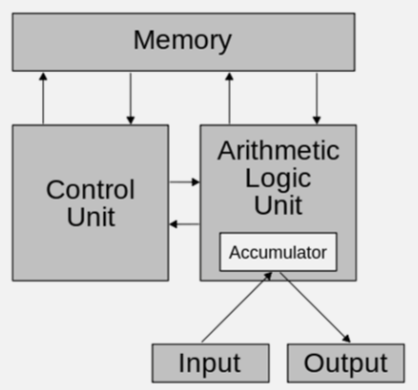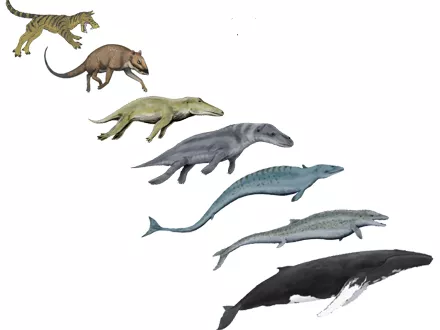A transistor can’t grow a computer but a cell can grow a brain, so building a processor isn’t the same as evolving one. Evolution found a path from a cell to a brain and embryos grow brains by following that path.
Even so, brains and computers have similarities. Both use electricity to power on/off units that process data, so neuron logic gates process data just as computer transistors do (McCulloch & Pitts, 1943). Sensorimotor channels also mirror computer input-output channels so brain-computer theories propose that nerves process the senses to give muscle output as computers process input and output (Churchland & Sejnowski, 1992). Yet the comparison ends there because growing and building processing are different challenges (Whitworth, 2008).

We build a computer at leisure then switch it on, but an evolving brain must always be on because life never stops. Our computers use the Von Neumann design, of a central processing unit (CPU) that processes input to give output (Figure 6.3), because it always knows what to do next, but if the CPU fails, everything does. Biological parts fail regularly so a brain that fails when a part does is too fragile to survive in nature. Evolution needed a reliable processor, so brains don’t have a central processing unit.
To understand the brain, one must understand evolution. Darwin’s natural selection is that traits change gradually over time to select what survives (Figure 6.4). For a brain, this requires variability, change, and survival:

1. Variability. Nerve autonomy, the ability to act by internal direction, lets brains vary. If nerves didn’t act by their own choice, the brain couldn’t evolve, so neural freedom allows evolution while absolute central control denies it, so brains had to decentralize control.
2. Change. Evolution occurs in a step-wise manner, so brains had to change in the same way. A brain can’t string processors together in a series of steps that end up giving value, as programmers do, because each step has to give value. As a result, our brain is layer upon layer, where each layer evolved while the previous one was still operating. Each step has to add value and lead to the next, so it is a nested hierarchy.
3. Survival. To survive, a brain must add value, say by moving a creature towards light, so a sense like light detection is useless if it isn’t acted upon. To survive, a brain must control the feedback loop between sensory input and muscle output.
Decentralized control, nested hierarchies, and feedback control, as evolutionary principles, explain the brain better than any computer analogy.